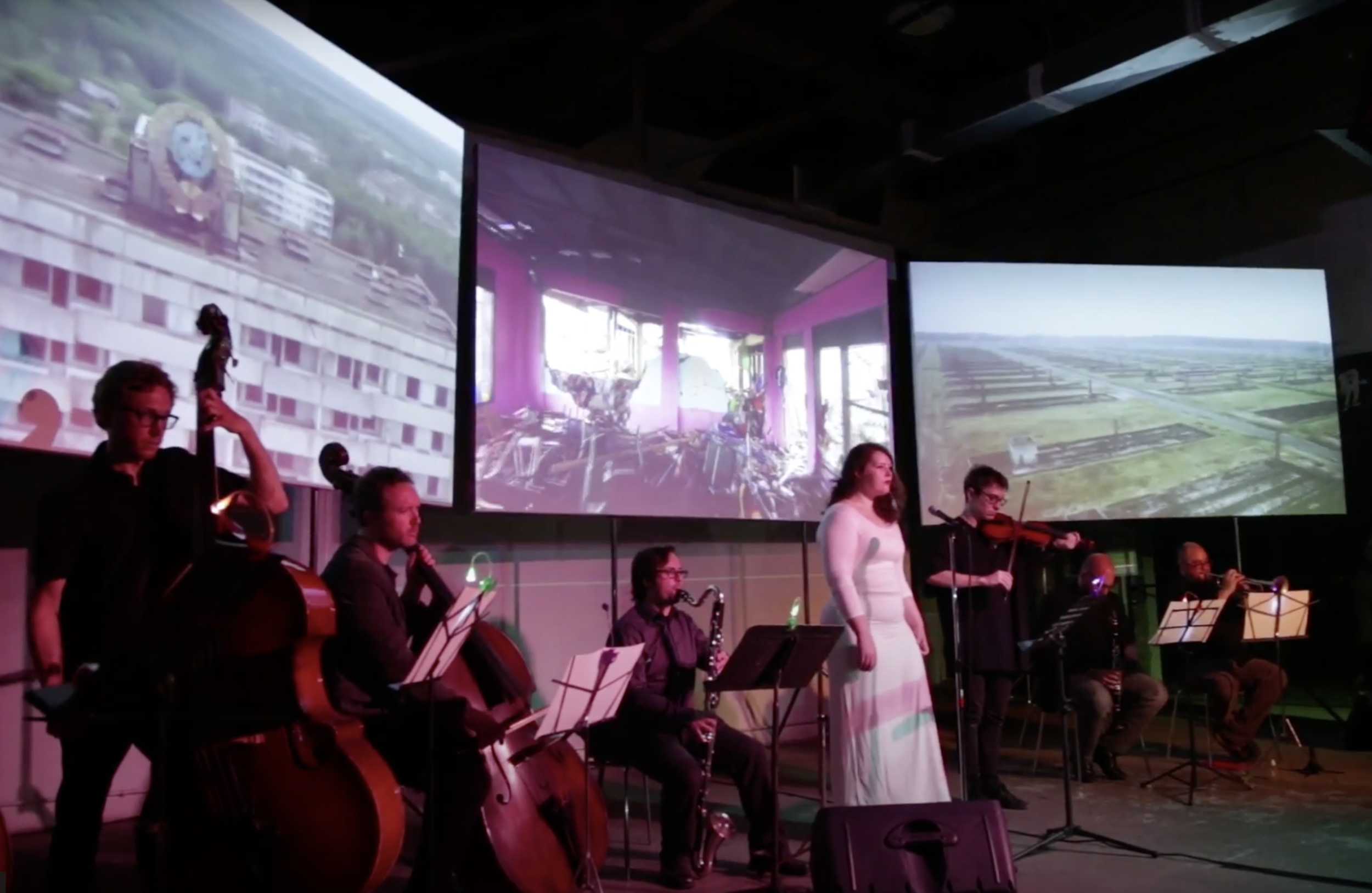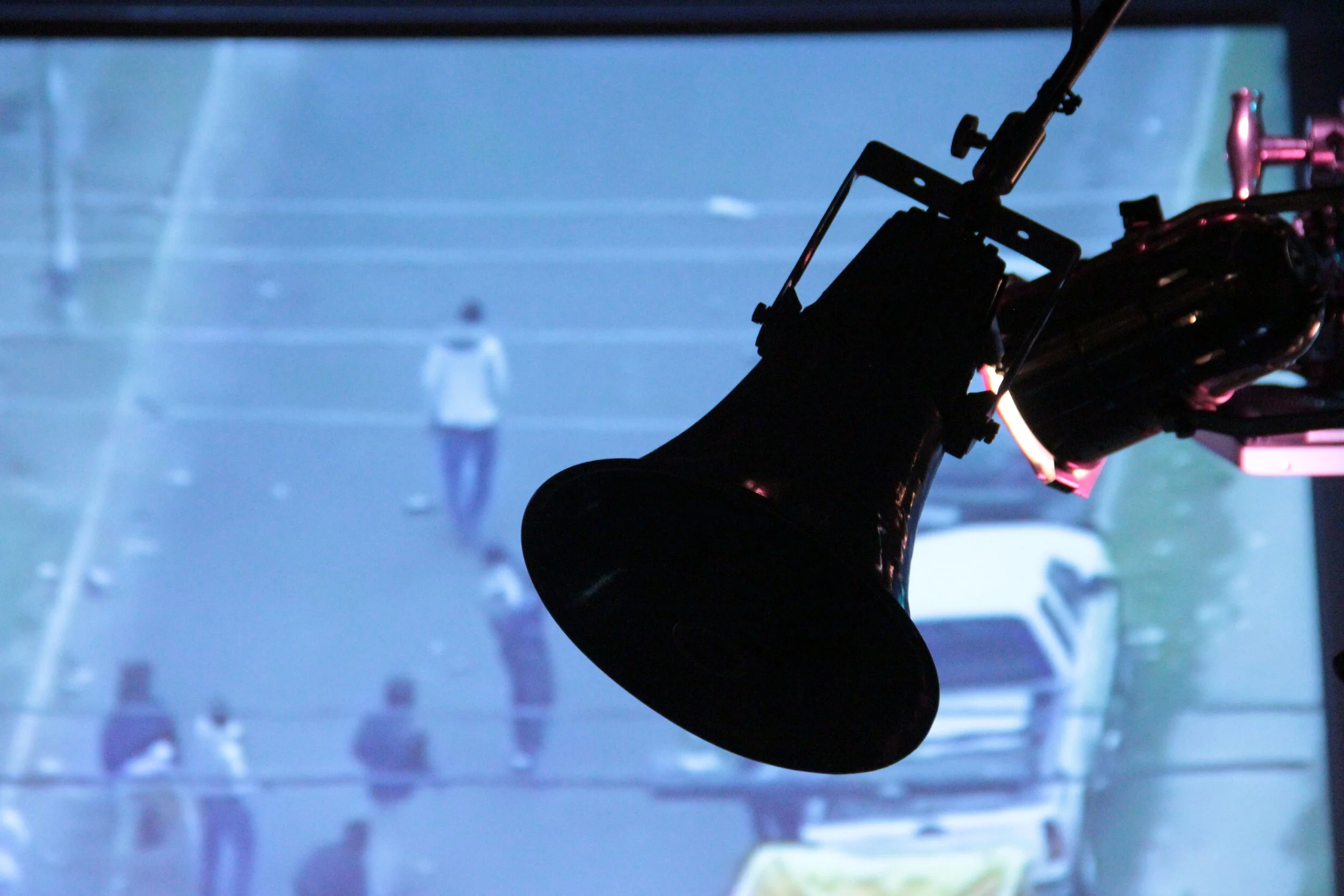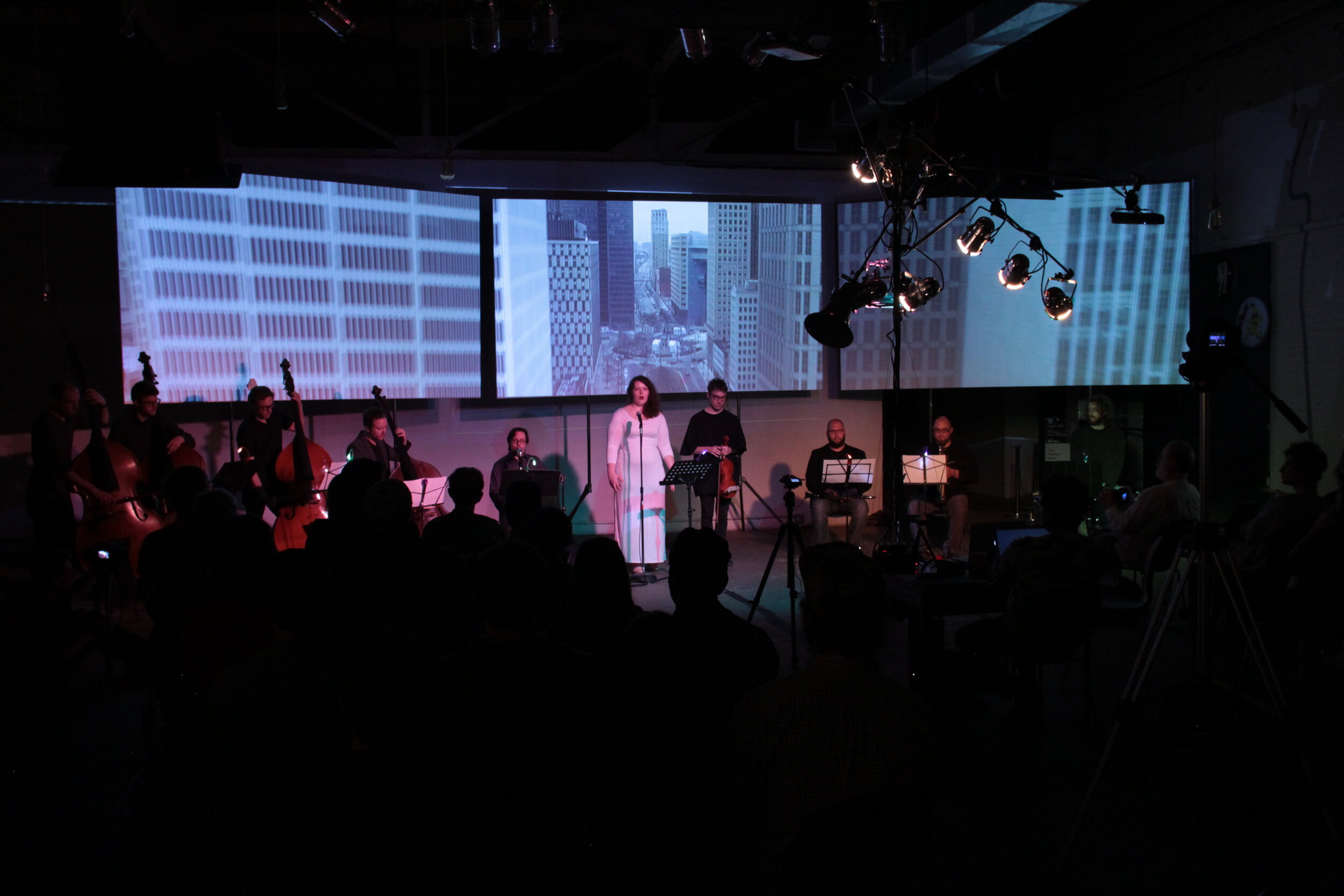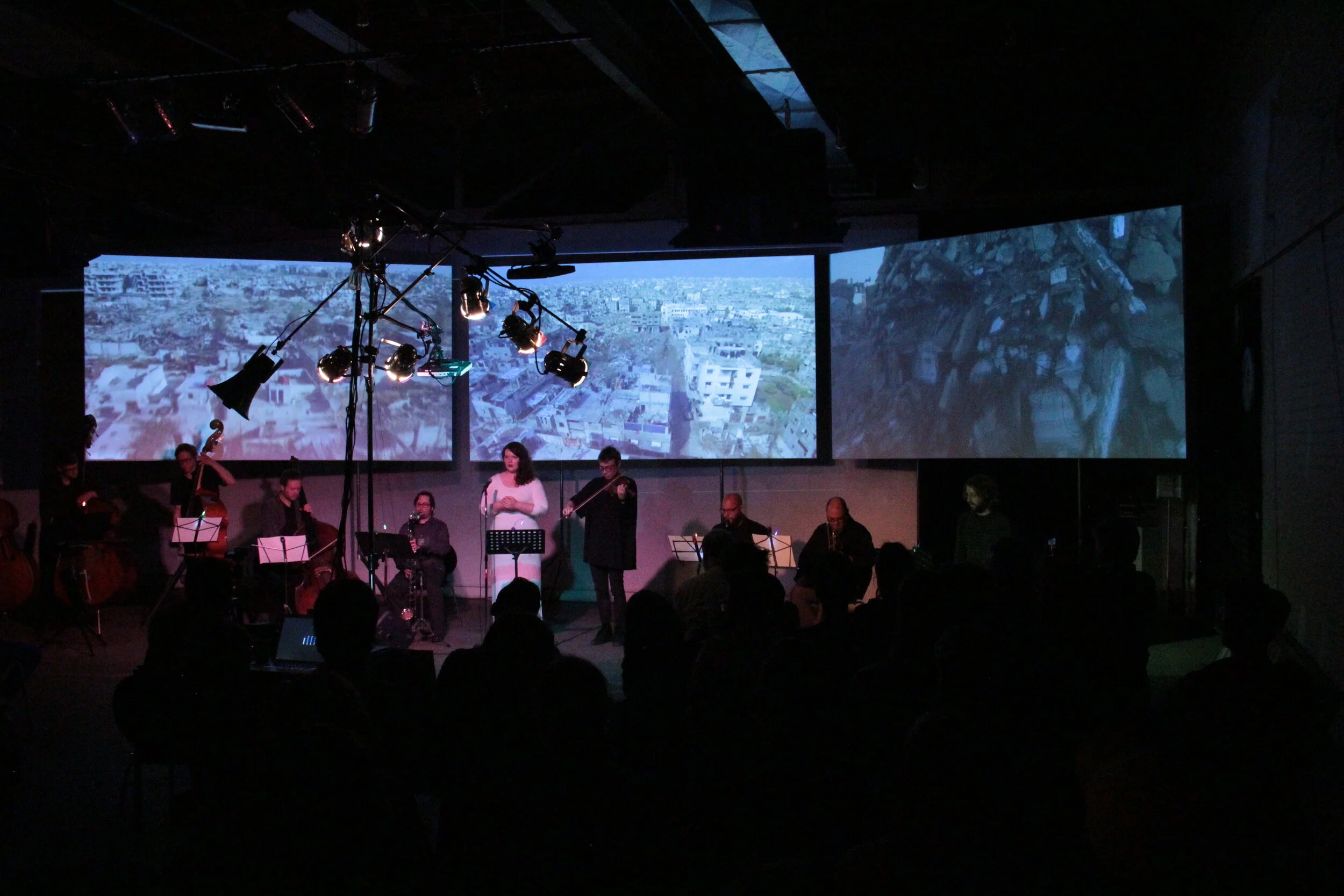
Drone
May 2016
Drone, when referring to unmanned aerial vehicles, has entered the consciousness of society as mechanisms of surveillance, telematic violence, and killing, as well as liberating new modalities of viewing (especially as prices of these types of vehicles have come down).
In music, a drone is a harmonic or monophonic effect or accompaniment where a note or chord is continuously sounded throughout most or all of a piece. Finding expression in various folk traditions (classical Indian tambura, Australian didgeridoo, or the Scottish bagpipe for example) and contemporary interpretations (the avant-garde sounds of La Monte Young), of course, the constant hum and buzz of these and other machines (from the industrial to the digital) just adds to this inevitable lexical collision.
The pun was first explored within the publication of Issue #2, Drone Score, where the drone homonym was explored through representational marks of notation, the first, tally marks, highlighting the total number of deaths resulting from US military drone strikes in Pakistan, Yemen, and Sudan (the same diagonal/horizontal slash marks often found on fighter airplane marking the number of tallied kills made by the pilots). This was countered with a musical notation of LaMont Young’s Composition #7 from 1960 (which shares more than a graphical semblance with the tally marks echoing the seemingly endless clusters of five, musically notates a perfect 5th).
An earlier version of the performance, which activated the initial notational and representational form into an experiential event was first explored at the Art Gallery of Windsor in conjunction with the Border Cultures: Part Three (security, surveillance).
The performance for MOCAD expanded on the production presented at the Art gallery of Windsor, from a single channel, single performer to multi-channel video & multi-performer/instrumentalist, including incorporating elements of opera into the proposed staging.
Video imagery from recorded military Drone footage (including kills), industrial and found drone-derived footage as well as commissioned and live Drone video feeds were montaged and contrasted with a live drone performance and soundscape based on LaMonte Young’s Composition #7 score, accompanied the visuals and was performed live by an ensemble led by composer and multi-instrumentalist James Cornish, generating a tensioned visual unfolding that supported the dramatic attack of the audio score.





